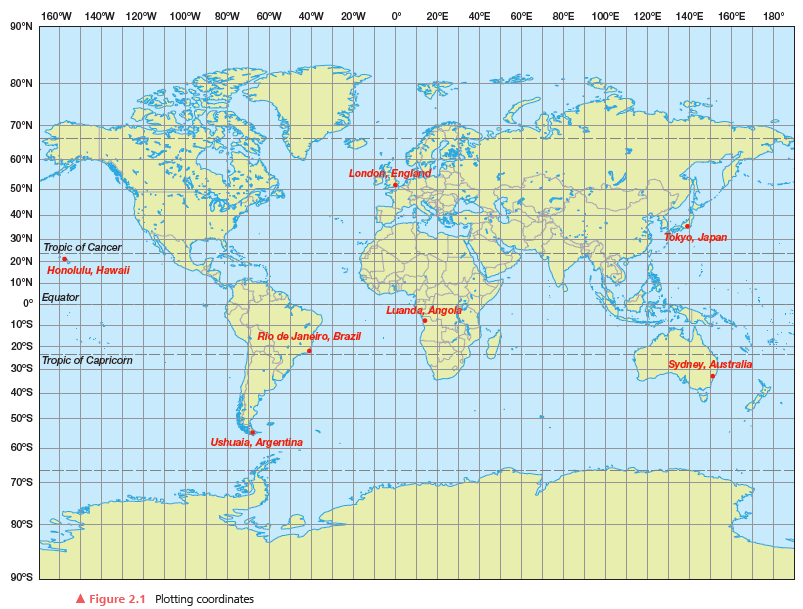A sedimentary deposit that contains fragments of oyster shells is most likely
a. continental.
b. transitional.
c. marine
C
You might also like to view...
If a light signal and a radio signal were emitted simultaneously from a distant planet, the first to reach Earth would be the
A. light signal. B. radio signal. C. both the same time D. need more information
Which has stronger attractions among its submicroscopic particles: a solid at 25°C or a gas at 25°C?
A. The attractions among the submicroscopic particles of the solid are much stronger-so much stronger that they hold the particles of the solid absolutely still. B. The temperatures of these two materials are the same, which means that the attractions among their submicroscopic particles are also of the same strength. C. The attractions among the submicroscopic particles of the solid must be stronger than the attractions among the particles of the gas. D. The submicroscopic particles of the gas are moving faster. This means that they have more energy, which means that the attractions among them must be stronger.
Locate and give the geographic coordinates for the following cities (to a tenth of a degree if your atlas maps are detailed enough) or identify the cities from the given coordinates. The answers to a) and e) are provided for you in bracketed italics. Once you have identified the cities and found the coordinates, plot the coordinates in items 1 (a) through (h) above on the map grid in Figure 2.1, and label the city names.

City
(a) Greenwich, London, England
(b) Rio de Janeiro, Brazil
(c) Sydney, Australia
(d) __________________________
(e) __________________________
(f) __________________________
(g) __________________________
Latitude and Longitude
(a) __________________________
(b) __________________________
(c) __________________________
(d) 35.7°N 139.7°E
(e) 8.8°S 13.2°E
(f) 21.3°N, 157.8°W
(g) 54.8°S, 68.3°W
Which type of earthquake body wave cannot pass through liquids?
a. P-waves b. S-waves c. Love waves d. Rayleigh waves e. surface wave